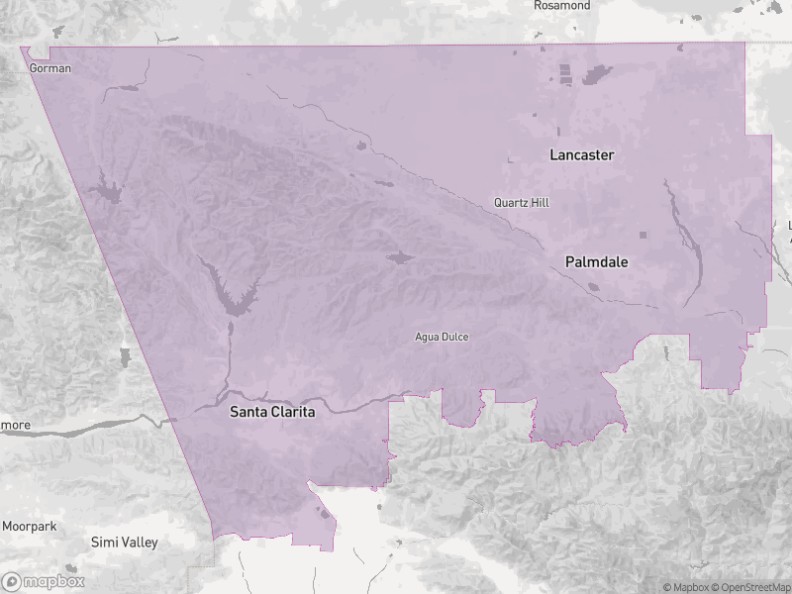
While California may not be a battleground state in presidential elections, it's shaping up to be a crucial arena for control of the U.S. House of Representatives. With Republicans holding a slim five-seat majority, the outcomes of six hotly contested California districts could determine which party wields the gavel in 2025.
The Stakes Are High
California's congressional delegation currently consists of 40 Democrats and 12 Republicans. However, six swing districts are up for grabs, making the Golden State a key player in the battle for House control. These races have attracted national attention and massive campaign spending, with over $200 million poured into these contests so far.
Southern California Takes Center Stage
Four of the six pivotal races are located in Southern California:
- District 27: Whitesides (D) vs. Garcia (R)
- District 41: Rollins (D) vs. Calvert (R)
- District 45: Steel (R) vs. Tran (D)
- District 47: Min (D) vs. Baugh (R)
These districts, spanning diverse communities from the Los Angeles suburbs to Orange County, are expected to see fierce competition and heavy campaign spending in the coming months.
Two More Battlegrounds in Central California
The remaining two closely watched races are located in California's Central Valley:
- District 13: Gray (D) vs. Duarte (R)
- District 22: Salas (D) vs. Valadao (R)
These districts, encompassing agricultural areas and growing suburban communities, have been known to swing between parties in recent elections.
A National Spotlight on Local Races
The competitiveness of these six districts has drawn attention from both major parties and outside groups. With control of the House potentially hanging in the balance, voters in these California districts may find themselves at the center of a national political storm.
As the campaign season heats up, residents of these swing districts can expect to see an influx of political advertising, candidate visits, and grassroots organizing efforts. The outcomes of these races could have far-reaching implications for the balance of power in Washington and the direction of national policy in the coming years.